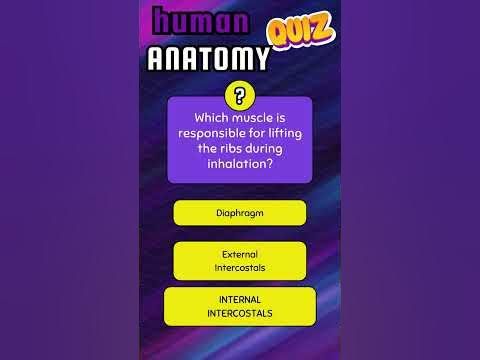Anatomy Difficulty Explained

Understanding human anatomy is a complex and nuanced task, equivalent in difficulty to learning a new language or deciphering a intricate puzzle. The sheer volume of information, coupled with the intricate relationships between different systems and structures, can make it a daunting challenge for even the most dedicated students. To grasp the fundamentals of anatomy, one must first comprehend the basic organization of the human body, including the skeletal, muscular, nervous, and circulatory systems, among others.
The skeletal system, for instance, comprises 206 bones that provide structural support, protect vital organs, and facilitate movement. The muscular system, consisting of over 600 muscles, works in tandem with the skeletal system to enable locomotion, maintain posture, and regulate various bodily functions. The nervous system, encompassing the central and peripheral nervous systems, serves as the body’s command center, transmitting and processing vast amounts of information. The circulatory system, responsible for transporting oxygen, nutrients, and waste products throughout the body, is a complex network of blood vessels, including arteries, veins, and capillaries.
One of the primary challenges in understanding anatomy is the vast array of terminology that accompanies it. Students must become familiar with a multitude of Latin-based terms, each describing a specific structure, function, or process. This can be overwhelming, especially for those without a background in linguistics or medical science. Furthermore, the spatial relationships between different anatomical structures can be difficult to visualize, making it essential to utilize various learning aids, such as diagrams, models, and interactive simulations.
In addition to the cognitive challenges, anatomy also presents a unique set of practical difficulties. Dissection, a traditional method of anatomy education, requires students to work with cadavers, which can be a emotionally and physically demanding experience. Moreover, the precise nature of anatomical studies demands a high level of manual dexterity, as students must learn to identify and manipulate various structures with accuracy.
| System | Description | Key Components |
|---|---|---|
| Skeletal | Provides structural support and protection | Bones, cartilage, ligaments |
| Muscular | Enables movement and maintains posture | Skeletal muscles, smooth muscles, cardiac muscle |
| Nervous | Transmits and processes information | Brain, spinal cord, nerves |
| Circulatory | Transports oxygen, nutrients, and waste products | Heart, blood vessels, blood |

To overcome these challenges, anatomy students must develop a range of skills, including critical thinking, spatial awareness, and fine motor control. They must also cultivate a deep appreciation for the complexity and beauty of the human body, recognizing the intricate relationships between different systems and structures. By adopting a comprehensive and interdisciplinary approach to anatomy education, students can gain a profound understanding of the human body, enabling them to pursue careers in medicine, research, and other related fields.
As we delve deeper into the world of anatomy, it becomes clear that the subject is not simply a collection of facts and figures, but rather a dynamic and ever-evolving field of study. Advances in medical technology, imaging techniques, and computational modeling have greatly expanded our understanding of the human body, enabling researchers to explore new frontiers in anatomy and related fields.
The future of anatomy education is likely to be shaped by emerging trends in technology, including virtual and augmented reality, artificial intelligence, and personalized learning platforms. These innovations have the potential to revolutionize the way we learn and teach anatomy, providing students with immersive, interactive, and highly engaging experiences that simulate real-world environments and challenges.
What is the most challenging aspect of learning anatomy?
+The most challenging aspect of learning anatomy is likely the vast amount of terminology and the spatial relationships between different structures. Students must develop a strong foundation in Latin-based terms and learn to visualize the complex interactions between various systems and components.
How can I improve my understanding of anatomy?
+To improve your understanding of anatomy, it is essential to approach the subject from a holistic perspective, recognizing the interconnectedness of different systems and structures. Utilize various learning aids, such as diagrams, models, and interactive simulations, and engage in hands-on activities, like dissection, to develop a deeper appreciation for the complexity and beauty of the human body.
What are the most important skills for an anatomy student to develop?
+Anatomy students should develop a range of skills, including critical thinking, spatial awareness, and fine motor control. They must also cultivate a deep appreciation for the complexity and beauty of the human body, recognizing the intricate relationships between different systems and structures.
In conclusion, the study of anatomy is a complex and rewarding pursuit, requiring students to develop a broad range of skills and knowledge. By embracing the challenges and opportunities presented by this field, individuals can gain a profound understanding of the human body, enabling them to pursue careers in medicine, research, and other related fields. As we continue to explore and learn more about the intricacies of human anatomy, we are reminded of the awe-inspiring complexity and beauty of the human body, and the importance of continued innovation and discovery in this field.

